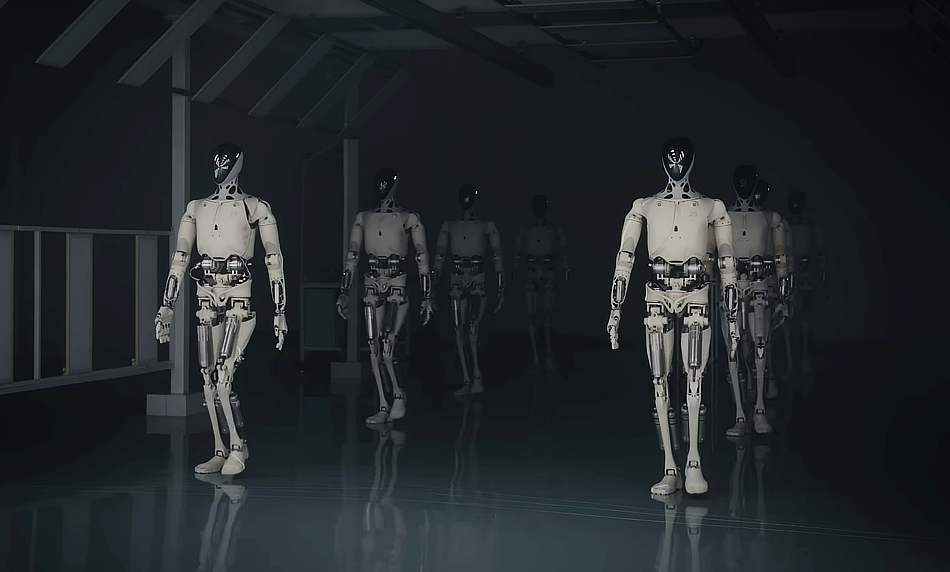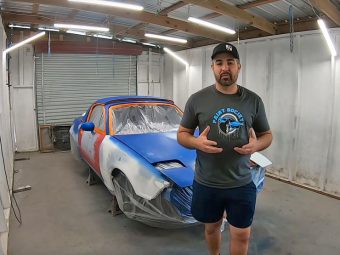Wo, wo, wo, whoa! We’re not quite in the age of sentient humanoid robots like Data from Star Trek. However, the Xpeng Iron humanoid robot has literally taken a step closer to a fully human-like robot, eerily replicating human mobility when walking upright.
You’ll notice that current state-of-the-art robotics from, say, Boston Dynamics features humanoid robots with an almost crouch-like gait. Xpeng Iron truly elevates robotic technology to the next level, walking upright in a manner indistinguishable from humans.
What Iron represents is a significant step forward in robotics. Rivals such as Tesla’s Optimus and Figure 03 will likely tread a similar path. But enough with the puns—Xpeng Iron is not just a demonstration of the company’s impressive robotic capabilities; it is also a blueprint for its future.
Xpeng aims to produce robots for mass retail, selling Iron in much the same way you buy a car. In the future, you might see Iron performing tasks in the workplace, doing manual labour, or even ironing your clothes.
No matter how impressive Iron is, current robotic technology can only handle basic mobility tasks—like picking up rubbish or folding clothes—if pre-coded algorithms are provided. The market for humanoid robots is expected to be worth $24 billion by 2027.
Robots like Iron will only become truly independent in the workplace when computer hardware and processing power improve by many, many orders of magnitude.
In reality, a fully dexterous, human-like robot is likely at least 10 years away. That’s a short time in the grand scheme, but robots like Iron represent the first step toward a truly giant leap that is yet to come.
In its current state, Xpeng Iron is an impressive, highly advanced technology demonstrator, and I’m sure legacy companies like Mercedes et-al must be looking in the mirror, wondering if they really are the fairest of them all.







